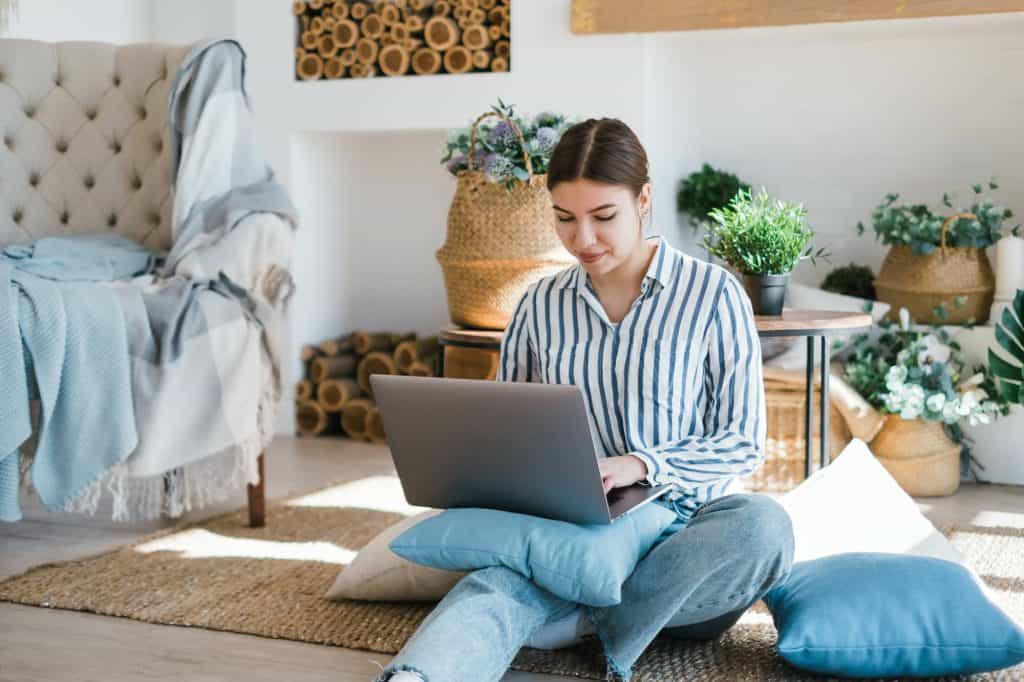When selling your home, conducting effective home opens is crucial for attracting potential buyers and creating a positive impression. A well-planned and executed open house can generate interest, help buyers visualize themselves living in the property, and increase the likelihood of receiving strong offers. However, hosting a home open requires thoughtful planning, preparation, and follow-up to ensure its success.
This guide will cover every aspect of conducting home opens, including selecting the best days and times, preparing your property, implementing security protocols, and following up with potential buyers after they have viewed the property.
1. Selecting the Best Days and Times for Home Opens
The timing of your home open can significantly impact attendance. Consider the following factors when choosing days and times:
Weekends Are Key
- Saturdays and Sundays are the most popular days for home opens, as most people are off work and have time to attend.
- Mid-morning (10:00 AM–12:00 PM) or early afternoon (1:00 PM–3:00 PM) is ideal, as it allows buyers to visit multiple properties in one day.
Avoid Clashing with Major Events
- Check for local events, sports matches, or public holidays that might reduce attendance.
- Avoid scheduling during school pickup or drop-off times in family-focused neighbourhoods.
Consider Twilight Openings
- Twilight opens, typically held on weekday evenings (5:30 PM–7:00 PM), and can appeal to professionals who are busy during the day.
- These open houses create a warm, inviting atmosphere when staged with appropriate lighting.
Understand Your Target Market
- For family-oriented properties, weekends or school holidays may be best.
- For inner-city apartments aimed at professionals, weekday evenings might be more convenient.
2. Preparing Your Home for an Open House
A well-presented home is more likely to captivate buyers. Here’s how to prepare:
Declutter and Depersonalize
- Remove personal items, such as family photos and memorabilia, to create a neutral, inviting space.
- Minimize clutter to make rooms appear more spacious and organized.
Deep Clean Every Corner
- Ensure your home is spotless. Pay special attention to kitchens and bathrooms, as buyers tend to scrutinize these areas.
- Clean windows, mirrors, and light fixtures to maximize brightness.
Enhance Curb Appeal
- Mow the lawn, trim hedges, and remove weeds.
- Clean driveways and pathways.
- Add a welcoming touch, such as a potted plant or freshly painted front door.
Stage the Property
- Arrange furniture to maximize flow and highlight key features of each room.
- Add finishing touches, such as fresh flowers, stylish cushions, or a bowl of fruit.
- Create a pleasant atmosphere by opening windows, playing soft background music, or brewing fresh coffee.
Maximize Lighting
- Open curtains and blinds to let in natural light.
- Turn on all lights, including lamps and under-cabinet lighting, to create a bright and inviting ambience.
3. Creating a Welcoming Atmosphere
The goal of a home open is to make buyers feel comfortable and excited about the property.
Greet Visitors Warmly
- Welcome each visitor with a friendly smile and introduce yourself.
- Provide a brochure or information sheet that highlights the property’s key features.
Highlight Unique Features
- Point out standout elements of the home, such as a newly renovated kitchen, outdoor entertaining area, or energy-efficient features.
- Share details about the neighbourhood, such as nearby schools, parks, and amenities.
Allow Buyers to Explore
- Give buyers space to explore the property at their own pace while remaining available to answer questions.
- Avoid being overly pushy, as this can make visitors uncomfortable.
4. Implementing Security Protocols
Home opens involve inviting strangers into your property, so security should be a top priority.
Remove Valuables
- Secure or remove valuable items, such as jewellery, electronics, and important documents.
- Lock away small, portable items that could be easily taken.
Limit Access to Certain Areas
- Close off rooms or areas that you don’t want visitors to enter, such as storage spaces or private offices.
- Use “off-limits” signs or lock doors to restrict access.
Use a Sign-In Sheet
- Require all visitors to sign in with their name and contact details.
- This not only helps with follow-up but also adds a layer of security by keeping track of who has entered your home.
Supervise the Open House
- Have at least one other person present to help monitor visitors and ensure no one is left unsupervised.
- Consider hiring a professional or asking a trusted friend or family member to assist.
Secure Personal Information
- Remove bills, letters, or other documents containing sensitive information from view.
Check the Property After the Open
- Conduct a walkthrough to ensure all windows and doors are locked.
- Check for any missing items or damage.
5. Following Up with Potential Buyers
Effective follow-up is critical for maintaining buyer interest and moving closer to a sale.
Collect Feedback
- Use the sign-in sheet to contact visitors and ask for their feedback.
- Ask open-ended questions, such as:
- “What did you think of the property?”
- “Did it meet your expectations?”
- “Do you have any concerns or questions?”
Address Concerns Promptly
- If buyers raise concerns, address them quickly and professionally.
- For example, if someone mentions the need for repairs, highlight any steps you’re willing to take to resolve the issue.
Provide Additional Information
- Send a follow-up email or text thanking visitors for attending.
- Include a digital brochure, floor plan, or links to additional photos or virtual tours.
Keep Interested Buyers Engaged
- If a buyer expresses strong interest, stay in regular contact to maintain their enthusiasm.
- Be prepared to negotiate or answer detailed questions about the property.
Track Your Results
- Monitor the number of attendees and the level of interest generated by each open house.
- Use this data to adjust your strategy, such as changing the time your home opens or improving your property presentation.
6. Common Mistakes to Avoid During Home Opens
Poor Presentation
- A messy or cluttered home can leave a negative impression. Invest time in thorough cleaning and staging.
Overcrowding
- Limit the number of visitors allowed inside at one time to prevent the property from feeling cramped.
Ignoring Security
- Failing to implement proper security measures can result in theft or damage. Always prioritize safety.
Neglecting Follow-Up
- Not following up with potential buyers can lead to missed opportunities. Take the time to contact attendees and gauge their interest.
Unrealistic Pricing
- If your property is overpriced, even a flawless open house won’t generate offers. Ensure your asking price aligns with market value.
7. Making Home Opens Work for You
Conducting home opens is an excellent way to showcase your property and connect with potential buyers. By selecting the right days and times, preparing your home, prioritizing security, and following up effectively, you can maximize your chances of achieving a successful sale.
At every step of the process, remember that the goal is to create a welcoming and memorable experience for buyers, making it easy for them to imagine themselves living in your home. With careful planning and attention to detail, you’ll be well on your way to securing a great offer.




